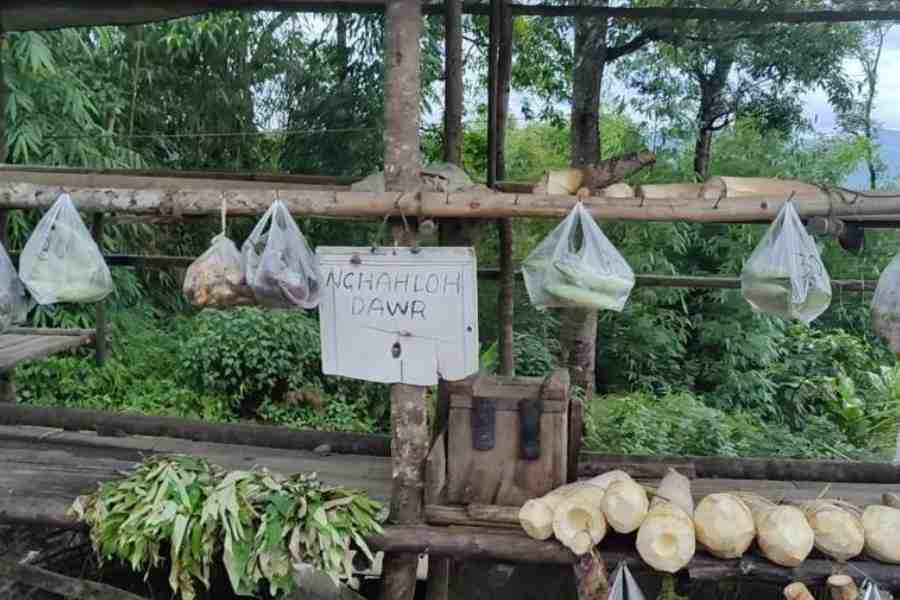A study by the Management Development Institute in Gurugram declared Mizoram as India’s happiest state. Mizoram’s strong performance can be attributed to its achievements in familial relationships, work ethics, social compatibility, philanthropy, religion, and in the way it dealt with the pandemic’s effects on mental health. This comes on the heels of the Social Progress Index for states and districts released by the Economic Advisory Council to the Prime Minister that also ranked Mizoram’s capital, Aizawl, and five other districts in the ‘Very High Social Progress’ category.
Harmony and social sustainability remain valued objectives in Mizoram. When thousands of Indians were fleeing war-ravaged Ukraine, two Mizo Sisters from the Missionaries of Charity opted to stay back and help the locals.
Along Mizoram’s narrow, hairpin lanes, vehicles give way to one another with courteous drivers muttering “Ka lawm e” (‘thank you’ in Mizo). If one ventures deeper into the moss-green countryside, one would encounter similar fellow-feeling among locals. Slurping black tea in urns and chatting over meals with hosts, one is introduced to the world of ‘Tlawmngaihna’ or the Mizo code of conduct. Tlawmngaihna is about selflessness or the abnegation of the self, and is a manifestation of a social philanthropy that is central to the ethics of Mizo hamlets.
The practice of Tlawmngaihna changed as people transitioned to an urban lifestyle but its fundamental tenets remain intact. The social bonhomie that prevailed during Covid-19 proved that community instincts survive. During lockdown, when a young Mizo ferried home his friend’s dead body from Chennai, travelling more than 3,000 kilometres in an ambulance, Mizoram’s chief minister, Zoramthanga, tweeted, “You’ve just shown what every Mizo heartbeat means when it comes to the term Tlawmngaihna!” This spirit of self-sacrifice and service also saw the Mizos through during the grievous famine of 1958-60.
Implicit trust is also integral to the state’s social ethos. Mizoram’s beguiling ‘Nghah Loh Dawr’ or stalls sans shopkeepers offer a glimpse of its unique culture. These stalls are mostly situated on highways connecting tiny settlements in the state. The unmanned stalls consist of a makeshift bamboo structure with local produce. The prices are on display and there is a cashbox on a table. Nghah Loh Dawr owners rely on honesty and integrity of consumers to run their enterprise.
The Mizo spirit of harmony is seen not just in times of crisis but also on festive occasions. Local participation in village feasts, weddings and religious ceremonies is spontaneous.
The Mizos realised that they need an institution to preserve their unique customs. The Young Lushai Association was born in 1935. Rechristened Young Mizo Association in 1947, this secular, non-profit, non-governmental organisation has been flourishing in the state with over 800 branches, inculcating the spirit of Tlawmngaihna. Little wonder then that refugees escaping the wrath of Myanmar’s junta found shelter in Mizoram. Church groups, NGOs and village officials formed caretaker committees with the local administration to tackle the recent trickle of Kuki-Chin refugees as well.
Mizo society is sprinting ahead of the rest of India in extending humanitarian help. That is perhaps why Mizoram tops the national happiness index.










